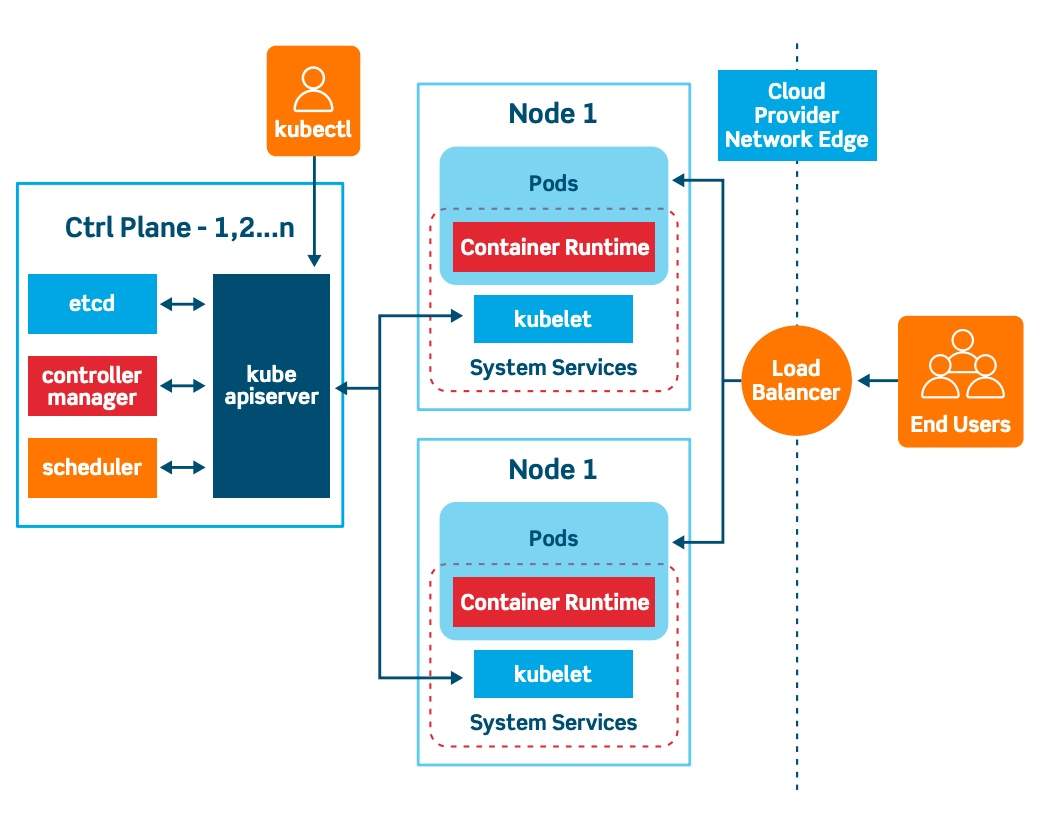The Evolution of Kubernetes and Its Architecture
Introduction:
In the previous post, we provided an overview of Kubernetes and discussed its importance in modern application deployments. Now, let’s delve deeper into the history and evolution of Kubernetes, as well as its fundamental architecture. By understanding the roots and inner workings of Kubernetes, you’ll gain valuable insights into its design principles and be better equipped to utilize its full potential.
- History and Origins:
- Birth of Kubernetes: A project at Google
- Contributions to the Cloud Native Computing Foundation (CNCF)
- Open-source community growth and collaboration
- Kubernetes Architecture:
- Master-Worker Architecture: Control plane and worker nodes
- Key components: etcd, API server, scheduler, controller manager
- Container runtime integration: Docker, Containerd, or CRI-O
- Control Plane:
- etcd: Distributed key-value store for cluster state
- API Server: Kubernetes’ central control point
- Scheduler: Placement of workloads on nodes
- Controller Manager: Manages controllers for various resources
- Worker Nodes:
- kubelet: Agent running on worker nodes
- Container runtime: Responsible for executing containers
- kube-proxy: Network proxy and load balancer
- Interactions and Communication:
- API communication and RESTful interfaces
- Networking: Service discovery, load balancing, and ingress
- Cluster communication and inter-node networking
By grasping the historical context and architecture of Kubernetes, you’ll gain a deeper understanding of how it operates and the various components involved. In the upcoming posts, we’ll explore practical aspects such as deploying Kubernetes clusters, interacting with the API, and managing workloads effectively.
Conclusion:
As we uncover the history and architecture of Kubernetes, we gain insights into the motivations behind its creation and the design principles that make it a powerful container orchestration platform. By understanding its components and their roles, you’ll be better prepared to harness the full potential of Kubernetes in your own projects
Stay tuned for the next part of this series, where we’ll explore the practical aspects of working with Kubernetes, including cluster setup, deployments, and managing applications.
